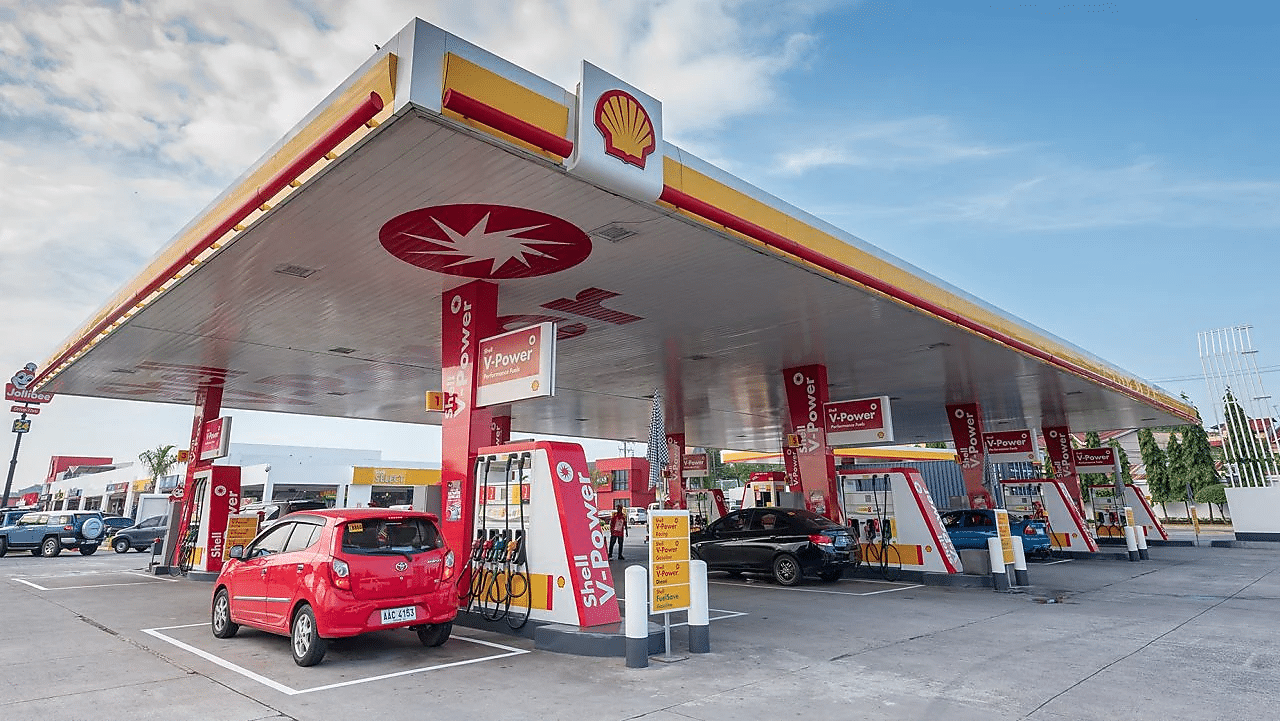
Shell Philippines | PHOTO: Official website of Shell Philippines Corporation / pilipinas.shell.com.ph
Shell Pilipinas’ cost-saving measures proved to be a boon as it posted P1.7 billion in profit in the first half, way higher than the P122.9 million recorded a year earlier.
In a filing to the local bourse on Wednesday, the oil giant said its net income was pumped up by the company’s “successful implementation of cost-saving initiatives and supply chain efficiencies.”
“This resulted in operating expense savings and interest rate avoidance of P0.4 billion, nearly reaching its P0.5 billion commitment for the full year,” Shell Pilipinas added.
Cost of sales, or the amount a company spent to produce goods or services, fell by 4.8 percent to P113.28 billion from the previous P119.03 billion.
READ: Shell Pilipinas Q1 net income hits P1.4B
Gross profit also improved by 28.5 percent to P12 billion from a year ago’s P9.38 billion.
Net sales, however, dipped by 2.4 percent to P125.35 billion due to lower marketing volumes.
Core earnings also ended almost flat at P1.43 billion in the January to June period.
Cash flow as measured by earnings before interest, taxes, depreciation and amortization also booked a more than twofold increase to P6.86 billion from P3.33 billion.
“Our strong first-half performance underscores our resilience and ability to deliver value even in a challenging economic environment,” said its president and chief executive officer Lorelie Quiambao-Osial.
“Guided by our refreshed strategy, we’re exploring new ways to grow both volume and value that will enable us to provide attractive returns to our shareholders,” Osial added.
The group’s mobility segment saw improvements in the second quarter, especially as its digital loyalty app Shell GO+ reached 2.5 million members.
Shell Pilipinas said its non-fuel retail, meanwhile, posted 18 percent growth in the first half, propelled by stronger demand for lubricants and services.
For this year, Shell Pilipinas has earmarked P2 to P3 billion for its capital spending. The majority of the budget will be spent on new mobility stations as well as the enhancement of its supply and distribution network.
It ended 2023 with 1,179 mobility stations across the Philippines.

